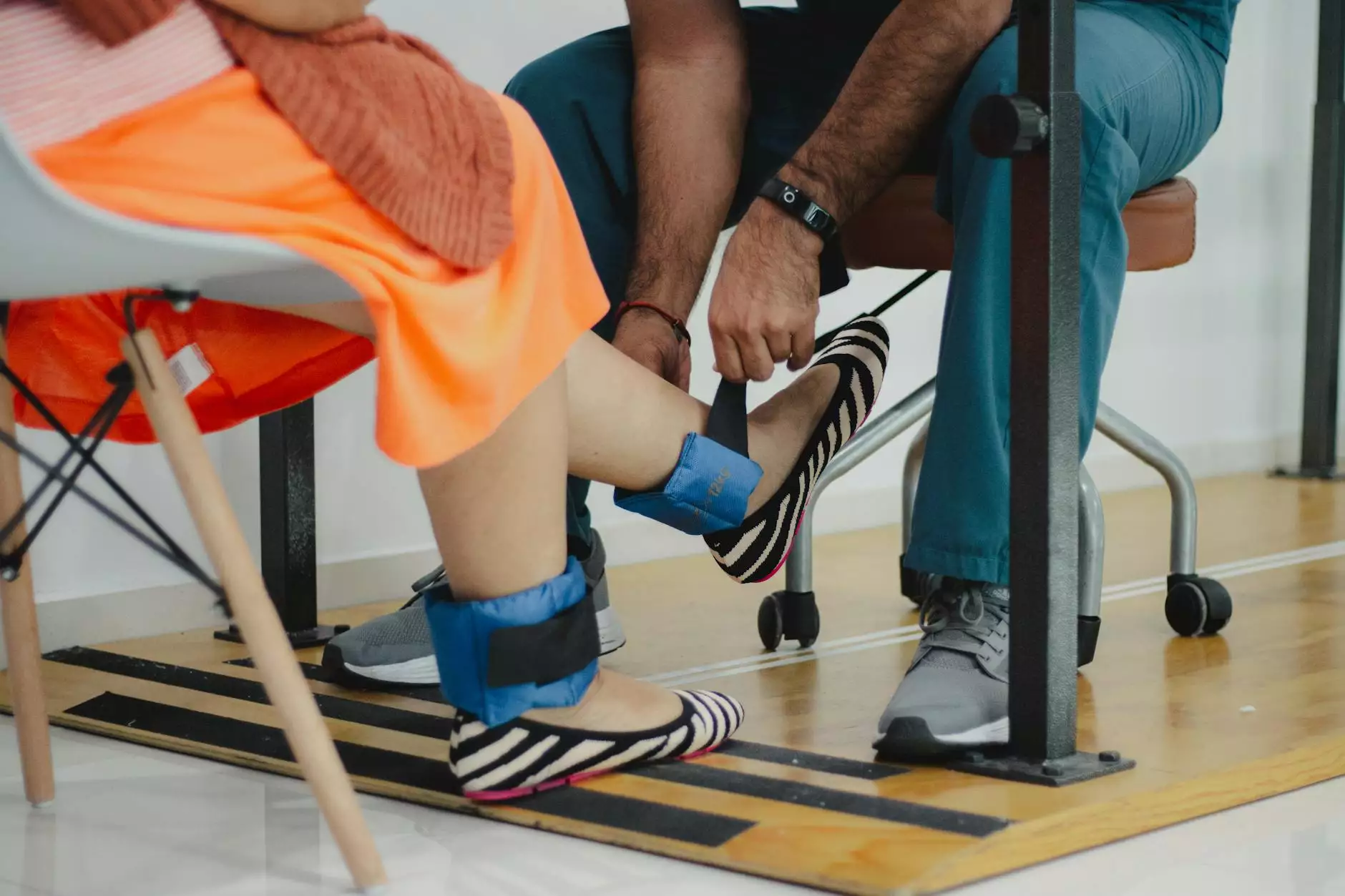What You Need to Know About Ankle Arthritis
Orthopedic Surgery
Welcome to Bowling Orthopaedics, your trusted source for comprehensive health information. In this article, we will delve into the world of ankle arthritis, covering its causes, symptoms, diagnosis, treatment options, and prevention.
Ankle Arthritis: Understanding the Condition
Ankle arthritis refers to the inflammation and degeneration of the ankle joint's cartilage. It commonly affects individuals in the aging population or those who have experienced ankle injuries in the past. This condition can significantly impact daily activities, causing pain, stiffness, and reduced mobility in the affected joint.
Causes of Ankle Arthritis
There are several factors that contribute to the development of ankle arthritis. One primary cause is previous trauma to the ankle joint, such as fractures or sprains. Other factors include:
- Genetic predisposition
- Autoimmune diseases
- Repetitive stress on the ankle joint
- Obesity
- Misalignment of the ankle joint
Recognizing the Symptoms
The symptoms of ankle arthritis may vary from person to person but commonly include:
- Pain and tenderness in the ankle joint
- Swelling and stiffness
- Reduced range of motion
- Difficulty walking or bearing weight on the affected ankle
- Joint deformities in severe cases
If you are experiencing any of these symptoms, it is crucial to consult with a qualified orthopaedic specialist for an accurate diagnosis and to discuss potential treatment options.
Diagnosing Ankle Arthritis
Accurate diagnosis is essential to develop an appropriate treatment plan for ankle arthritis. Your orthopaedic specialist may perform various diagnostic tests, including:
- Physical examination and medical history review
- Imaging tests like X-rays, MRIs, or CT scans
- Joint fluid analysis
Treatment Options
Effective treatments are available to manage ankle arthritis and reduce pain. The appropriate treatment option for each patient depends on the severity of the condition and individual circumstances. Common treatment approaches include:
Non-surgical Treatment
Mild to moderate cases of ankle arthritis can often be managed with nonsurgical interventions. These may include:
- Physical therapy and exercise
- Nonsteroidal anti-inflammatory drugs (NSAIDs)
- Orthotic devices to provide support and relieve pressure
Your orthopaedic specialist may also recommend lifestyle modifications to minimize symptoms and slow down the progression of ankle arthritis.
Surgical Treatment
In cases where conservative treatments fail to provide sufficient relief, surgical interventions may be considered. Common surgical options for ankle arthritis include:
- Arthroscopy
- Arthrodesis (ankle fusion)
- Total ankle replacement
Your orthopaedic specialist will thoroughly evaluate your condition to determine the most suitable surgical approach, taking into account your specific needs and goals.
Preventing Ankle Arthritis
While it may not always be possible to prevent ankle arthritis, there are steps you can take to reduce your risk or delay its onset:
- Maintain a healthy weight to minimize stress on the joints
- Wear proper footwear that provides adequate support
- Engage in regular low-impact exercises to strengthen the muscles around the ankle joint
- Take precautions to prevent ankle injuries, particularly in high-risk activities or sports
- Seek prompt medical attention if you experience an ankle injury to prevent long-term damage
Conclusion
In conclusion, ankle arthritis can significantly impact your quality of life, causing pain and reduced mobility. Understanding the causes, symptoms, diagnosis, treatment options, and prevention strategies is essential to managing this condition effectively.
At Bowling Orthopaedics, we are dedicated to providing comprehensive information on various health conditions to empower individuals in making informed decisions about their well-being. Consult with our experienced orthopaedic specialists for personalized treatment plans tailored to your specific needs.
Remember, early intervention and proper management are key to maintaining an active and pain-free lifestyle despite ankle arthritis.




